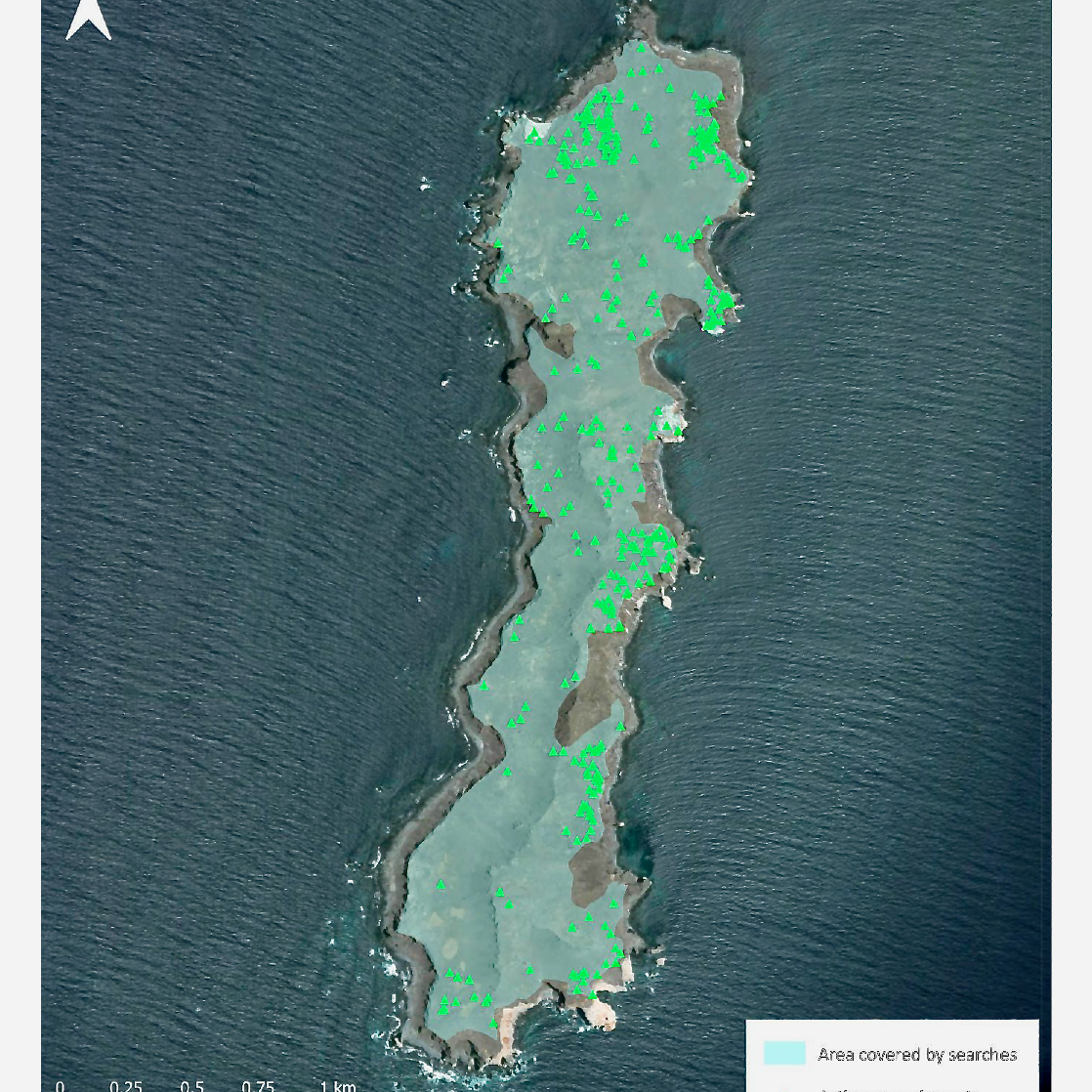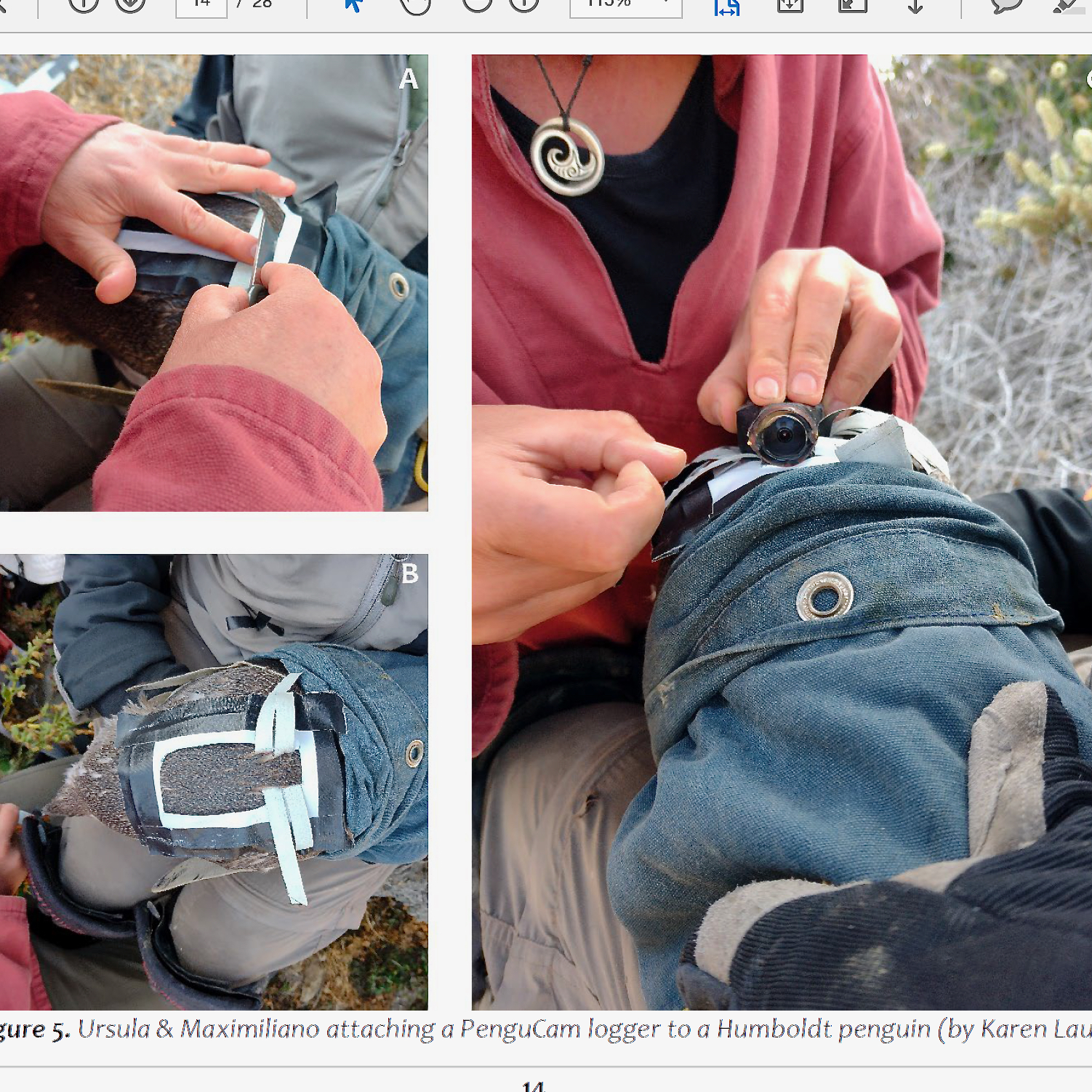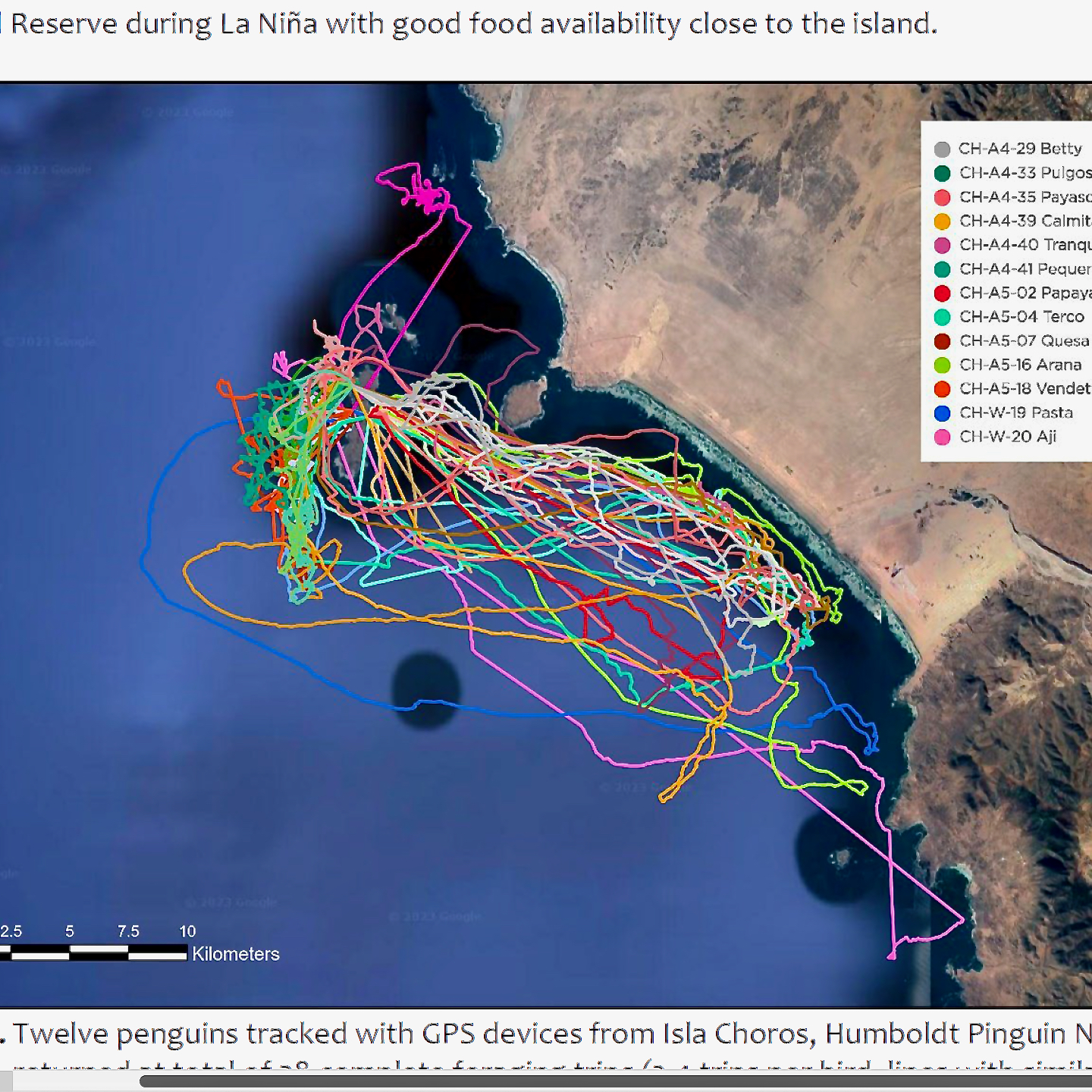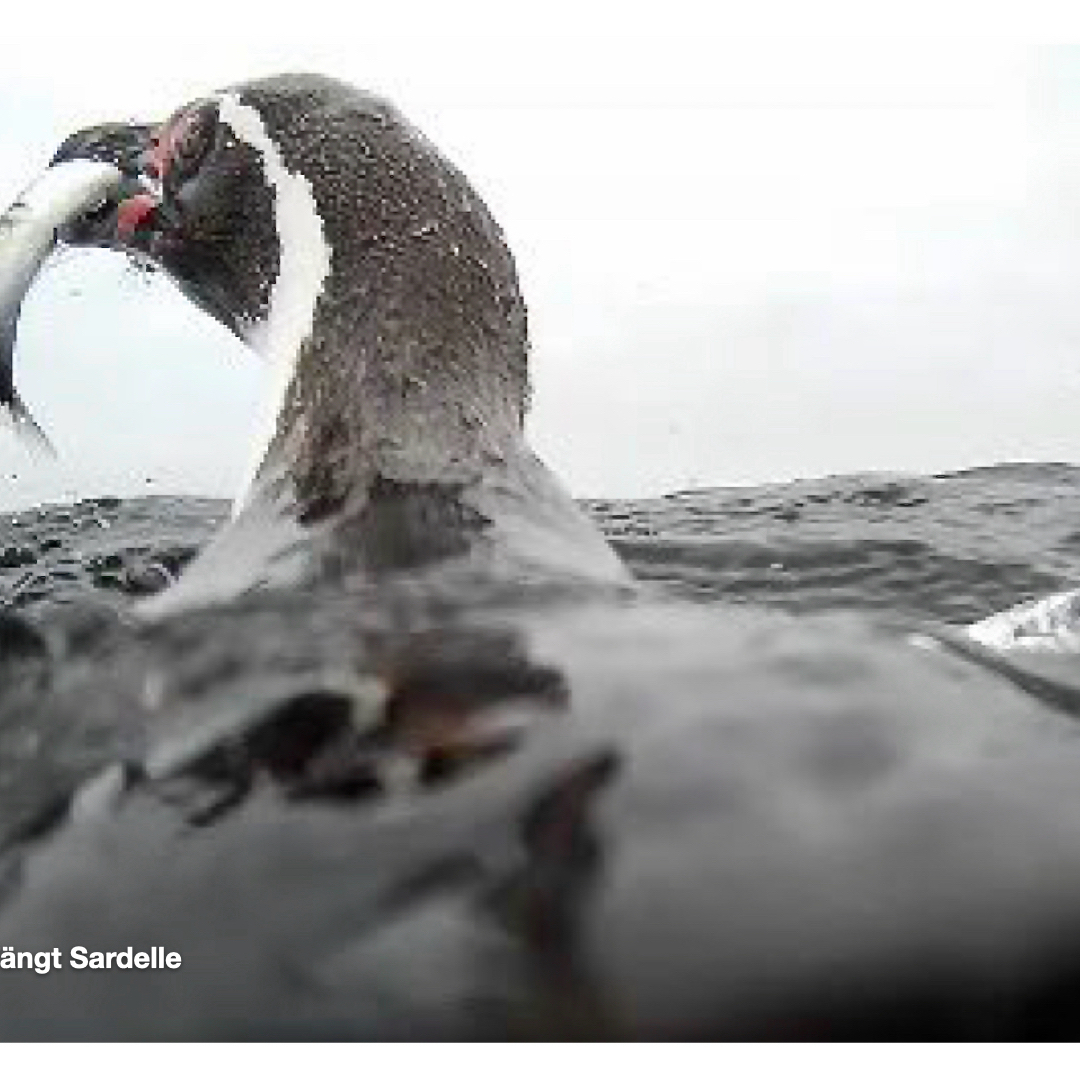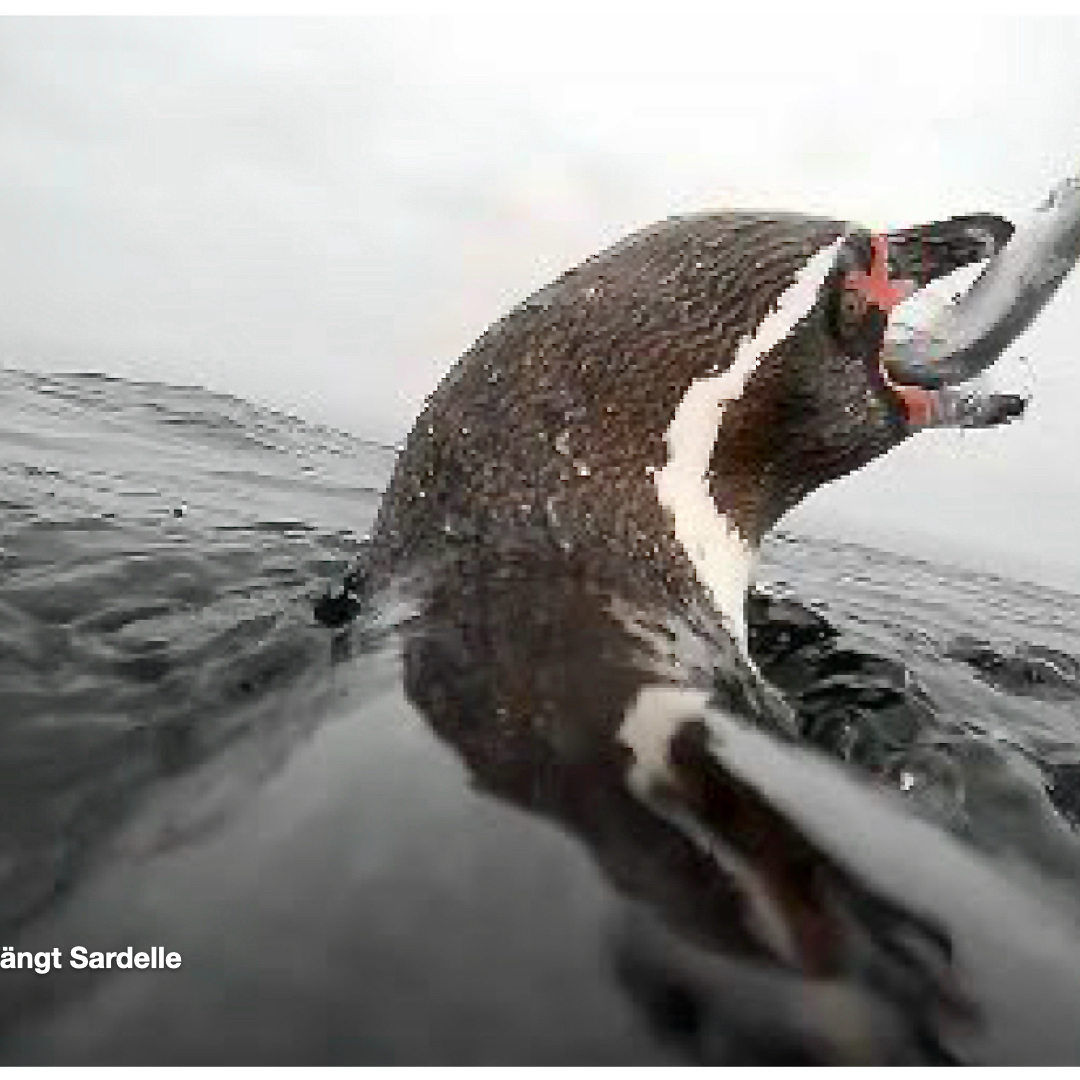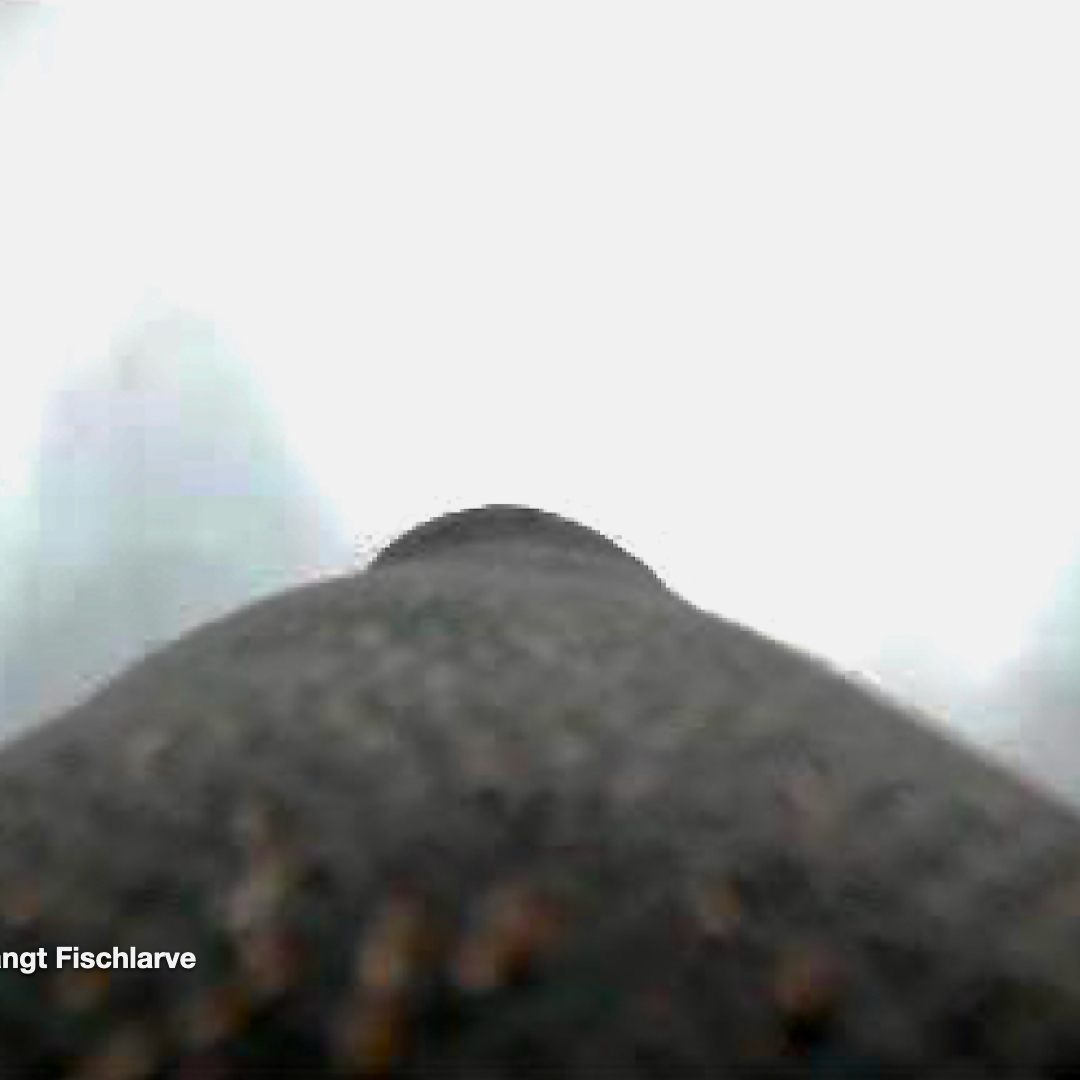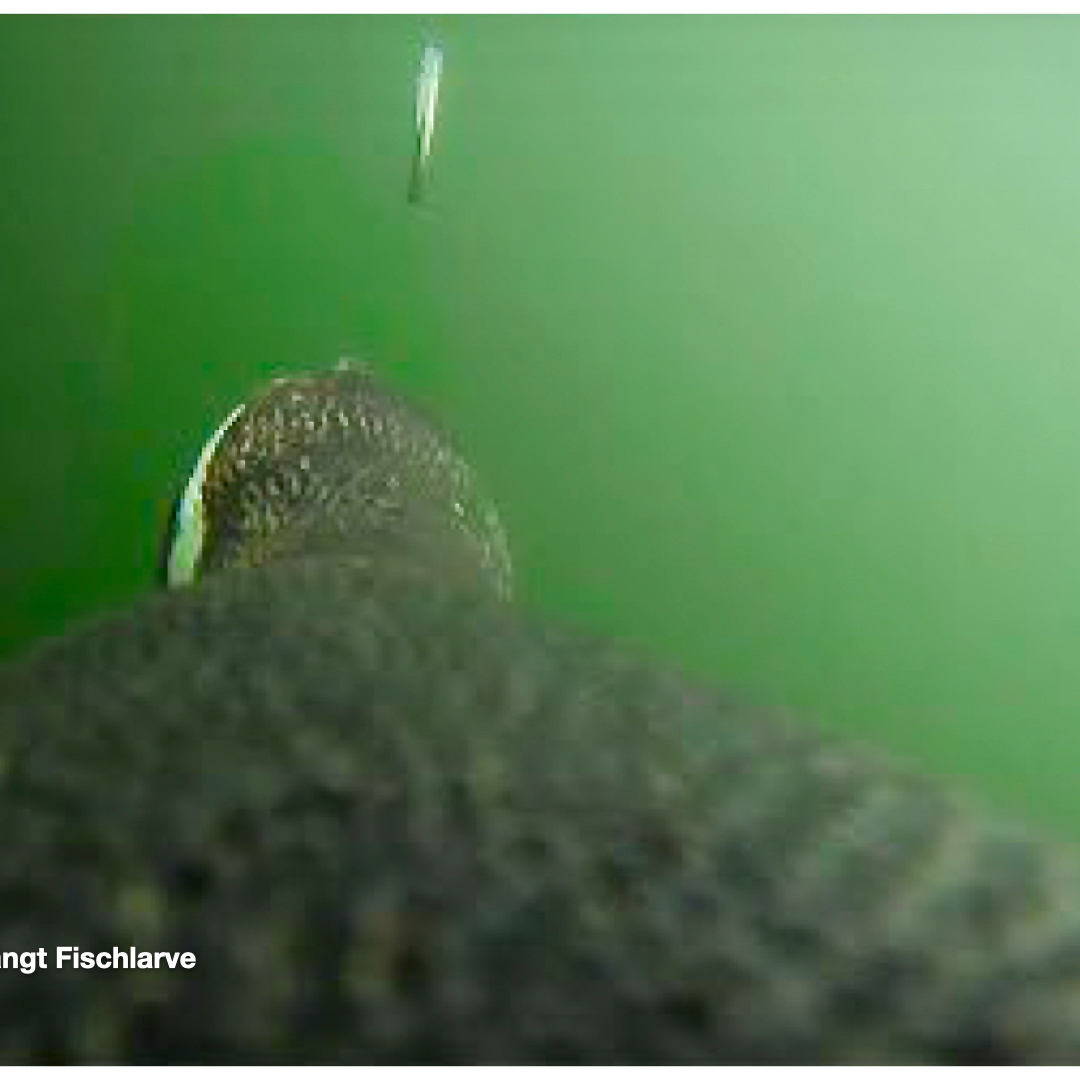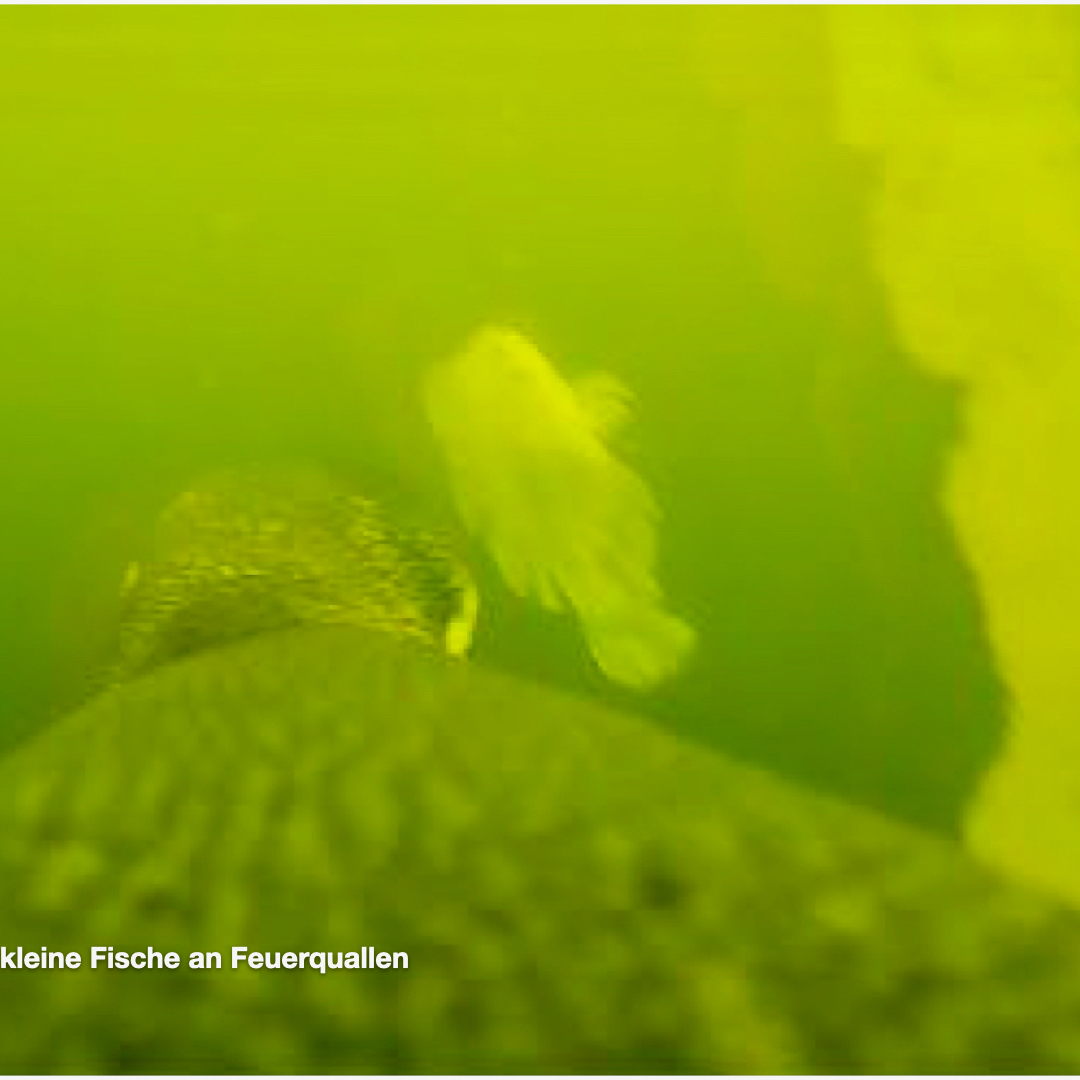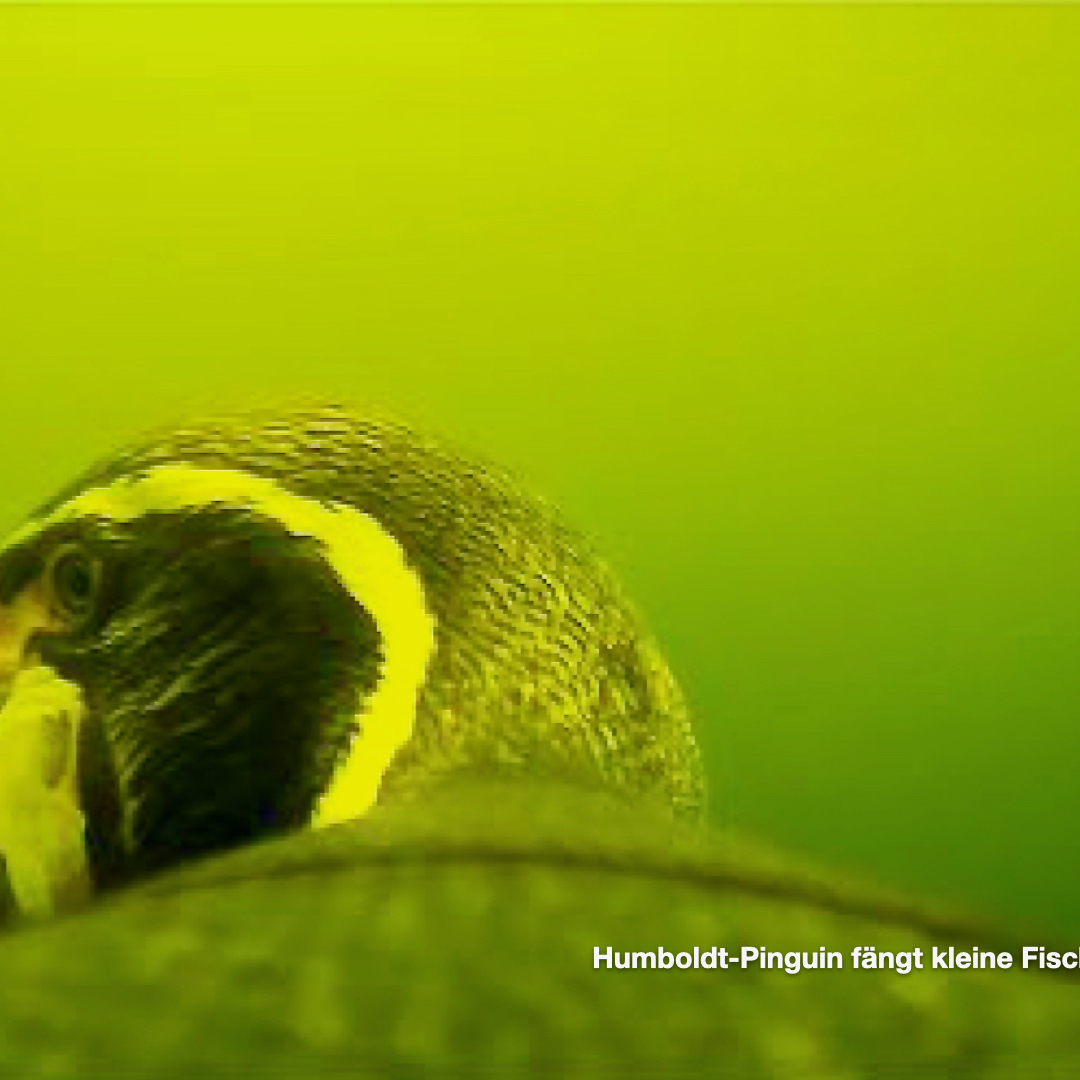- Summary Fieldwork Report from Dr. Ursula Ellenberg und Maximiliano Daigre V.
Otago, New Zealand, Santiago, Chile February 9, 2023.
From 25 November to 17 December 2022, our small team stayed on Isla Choros, Reserva Nacional Pingüino de Humboldt, Chile, to study at-sea distribution and diving behaviour as well as obtain preliminary data on prey choice of breeding Humboldt penguins Spheniscus humboldtii. The core work was performed by Maximiliano Daigre Valdés and Ursula Ellenberg with some help by Karen Lau Alarcon during the first week of fieldwork.
(1) During our stay on the island, we mapped a total of 381 active Humboldt penguin nests. As in previous years, greatest nest densities were found in the north and the east of the island. Still, compared with the penguin nesting densities Ursula remembers from working on Isla Choros during 2001-2003, Humboldt penguin numbers particularly in the northern and eastern breeding areas have considerably declined over the past 20 years.
(2) Nests of the 12 individuals marked during the winter tracking period (compare June 2022 fieldwork report) were revisited. We found seven of the nests active and in five cases could confirm one individual marked on the respective nest in June as one of the pair encountered in November. This is the first evidence of Humboldt penguins breeding twice a year at the Humboldt Penguin National Reserve.
(3) We marked a further 16 penguins with transponders (Trovan, 11mm). Of these 13 birds (8 females, 5 males) were fitted with GPS dive data loggers (AxyTrek, TechnoSmart, Italy, https://www.technosmart.eu/) that record geographic position (via GPS receiver, recorded every 1 minute) and dive data (via pressure sensor, recorded every 1 second).
(4) In addition, we deployed 6 penguins (by chance all females) with high-definition video cameras (PenguCam, New Zealand, https://pengu.cam/) in combination with smaller dive data loggers (AxyDepth, TechnoSmart, Italy, https://www.technosmart.eu/). Three of these birds carried a GPS logger following PenguCam retrieval, the other three were deployed with PenguCams only that were not followed up with GPS loggers when the PenguCam was retrieved; one due to difficult access of the nest and the remaining two due to the arrival of avian influenza in Chile that was threatening to cut our planned fieldwork short.
(5) Logger deployments yielded GPS and dive data for 12 birds (7 females, 5 males), and dive data for the 6 birds deployed with PenguCams representing 736 hours of at-sea time spread over 41 different single-day, 2 two-day foraging trips, and one brief evening trip (38 from GPS loggers, 6 from dive loggers deployed in conjunction with the PenguCams).
A total of 16,562GPS positions aswell as 24,320dives events were recorded. Some birds achieved maximum dive depths of up to 100m, however, most birds focussed their efforts shallower with a median maximum dive depth of 65m. The median dive distance between two consecutive GPS fixes was 99m with up to 150m observed. Birds achieved median horizontal travel speeds of 1m/s and travelled on average 43.9km during their foraging trip (range 3.7km-77.2km). Most foraging activity took place with in 10km of Isla Choros with some birds ranging up to 30km away. The comparably short foraging ranges are likely a result of the productive marine environment around the Humboldt Penguin National Reserve during La Niña with good food availability close to the island.
(6) The six video loggers deployed were all successfully retrieved and provided 23.5 hours of high-definition video footage that is yet to be analysed. Preliminary results show that while some birds foraged solitary and exclusively pelagically often near the surface for fish larvae or small forage fish and squid, other birds preferred to forage in groups of more than 50 individuals herding demersal fish. This behaviour has not yet been observed in Humboldt penguins and leads to much higher risk of bycatch mortality, since a single net could catch an entire group of birds hunting together.
(7) One female was deployed with a GPS logger on 10 December and last seen via surveillance camera leaving her nest on 12 December. Subsequent nest checks only encountered her partner attending two chicks that were still alive during our last check on 17 December. It is unlikely that a bird previously doing predictable one-day foraging trips (observed via surveillance camera since 4 December) would suddenly embark on a trip of more than 5 days, especially given the excellent foraging conditions close to the island. Thus, it is likely that this bird has perished taking the logger with her. Algeros and fishers operating in Punta Choros as well as CONAF staff have been informed in case the bird has been retrieved from a net or gets washed ashore.
(8) In the Appendix we provide a (A) Table of all 28 Humboldt penguins marked with transponders during our work on Isla Choros so far; (B) an overview table of the preliminary analysis of dive parameters; (C) list of all bird species observed during our stay; as well as miscellaneous observations of (D) a vampire bat exploring an active Humboldt penguin nest containing two chicks; (E) Inca terns Lacosterna inca entering/exiting (nesting?) an abandoned Yunco Pelecanoides garnotii burrow at the southern colony.
Dr. Ursula Ellenberg und Maximiliano Daigre V.
Note
(1) The summary was taken from the field research report "Tracking Humboldt penguins on Isla Choros Reserva Nacional Pingüino de Humboldt, Chile“ from Dr. Ursula Ellenberg, Global Penguin Society/Tawaki Trust/University of Otago, New Zealand and Maximiliano Daigre V. Universidad Andrés Bello, Santiago, Chile
For full report, see PDF file.
(2) The project "Research for Survival" is funded by the Stiftung Artenschutz Karlsruhe, Dresden Zoo and the Freundeskreis des Tierparks Hagenbeck e.V."




